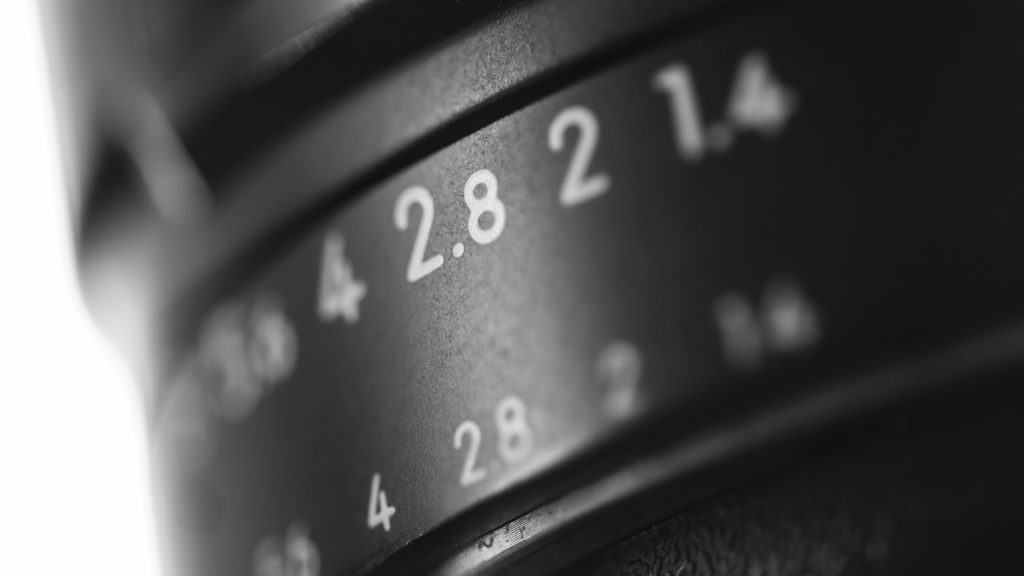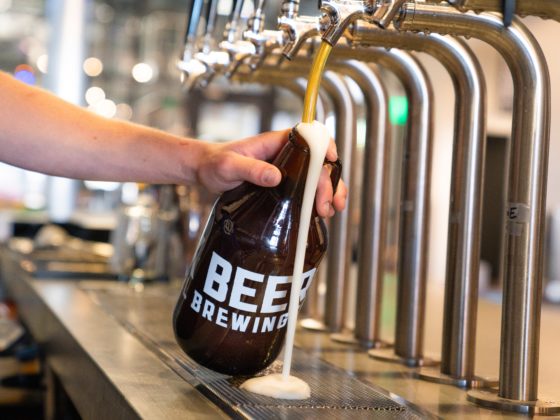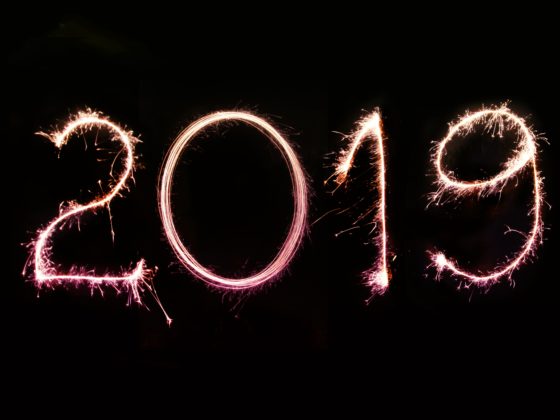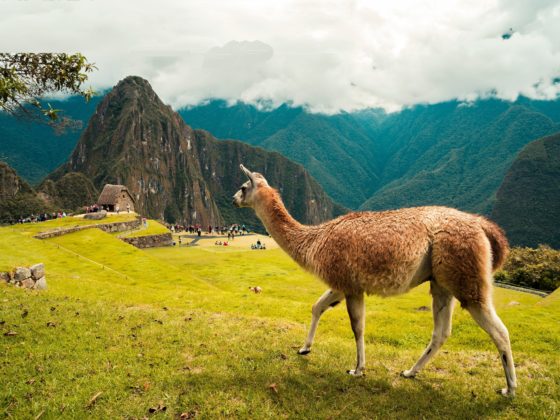In 1989, Jeff Widener captured the image of a lone man, shopping bag in hand, facing off with a tank in Tiananmen Square. The language describing Widener’s equipment is about as bulky as the gear itself. He used a “Nikon 400mm F5.6 EDIF internal focus lens with a Nikon teleconverter with a focal length of around 800mm” and “Fuji 100 ISO film.” Whew.
In order for the clip to see the light of day, photographer Jeff Widener pulled the film out of a damaged camera with pliers and hid it in his underwear. In addition to the technical challenges of getting it to the right places, the massive gear brought Widener unwanted attention from a censor-happy government.
He was far from the only person to capture important images during the time. What set his apart? If you’ve seen the clip before, your heart rate might pick up just with the memory. The man strides in front of a long line of tanks. The tank stops. It turns to the right. The man turns with it, striding in front of its path. The tank turns again, this time to the left. The man again plants himself in front of it, arms at his side. His body language says, “I don’t have your guns. I don’t have your power. All I have are these bags and my body. But here they are. Here I am.”
The tank stops and incredibly, the anonymous man climbs on top. The confrontation continues in the same manner, with the tank operator popping his head out, gunshots going off in the background, and onlookers cheering and reacting. From a technical standpoint, the clip is unremarkable. It’s shaky at first and captured at a great distance with a less-than-ideal angle.
All you get is a grainy image of a lone man facing off against a tank and, by extension, the entire Chinese government. What captures the viewer? The story.
In another square, a quarter century later, tiny cameras gave documentary filmmakers boots-on-the-ground access to Egyptian revolutionaries under another oppressive regime. SD cards have long replaced celluloid and “developing” film requires just a few mouse clicks.
The Square was filmed with DSLRs like the Canon 5D, which made it through airport security because (as director Jehane Noujaim described) they “looked like photography cameras.” The deceivingly-small DSLRs granted the filmmakers near anonymity with their subjects, making it feel like the audience is “experiencing [the revolution] live.” While Noujaim credits modern equipment, she also said, “Just because you can film something—I mean, just because you have a pen doesn’t make you a writer.”
Still, she handed these cameras to amateurs, who often captured unsteady images as they ran or were otherwise engaged in the action unfolding around them. What gave these filmmakers their edge? The storytelling.
So what’s the most important tool, already?
Sorry, you can’t buy it online. The most important piece of equipment you can have is your storytelling. You can use it no matter what camera you have and even when you can’t capture any new images at all (as in this stunningly-edited Nike commercial we keep talking about).
The Square and Tank Man are different in more ways than they are alike. Equipment and the unique challenges of an era or situation will continue to change. Compelling storytelling is timeless.
Ready to tell your story?
Crew Connection connects video production crews with clients around the globe.
Sources
- The Square interview
- Daily Beast article
- Resource Magazine’s interview with Jeff Widener, Tank Man photographer.







